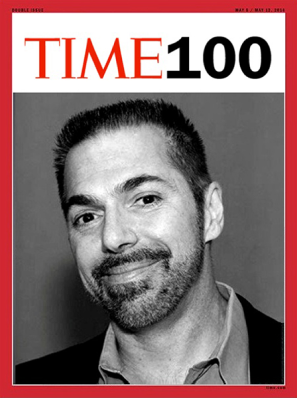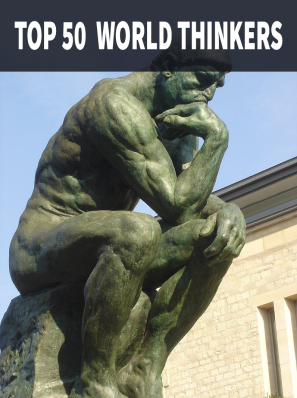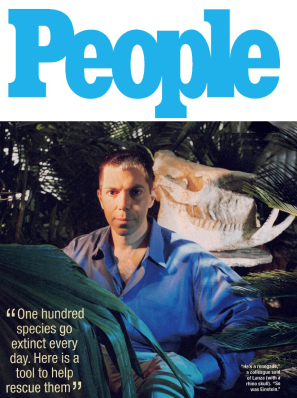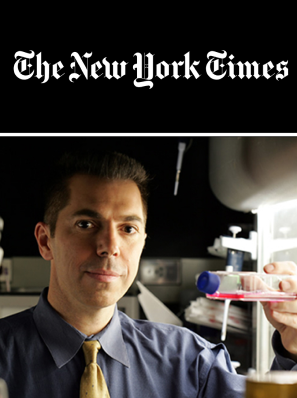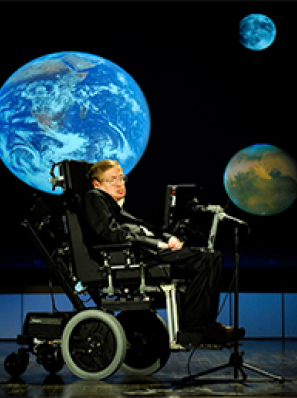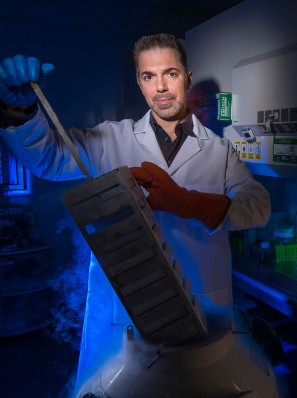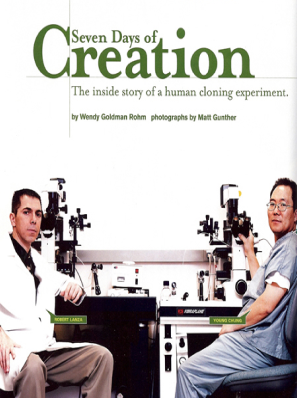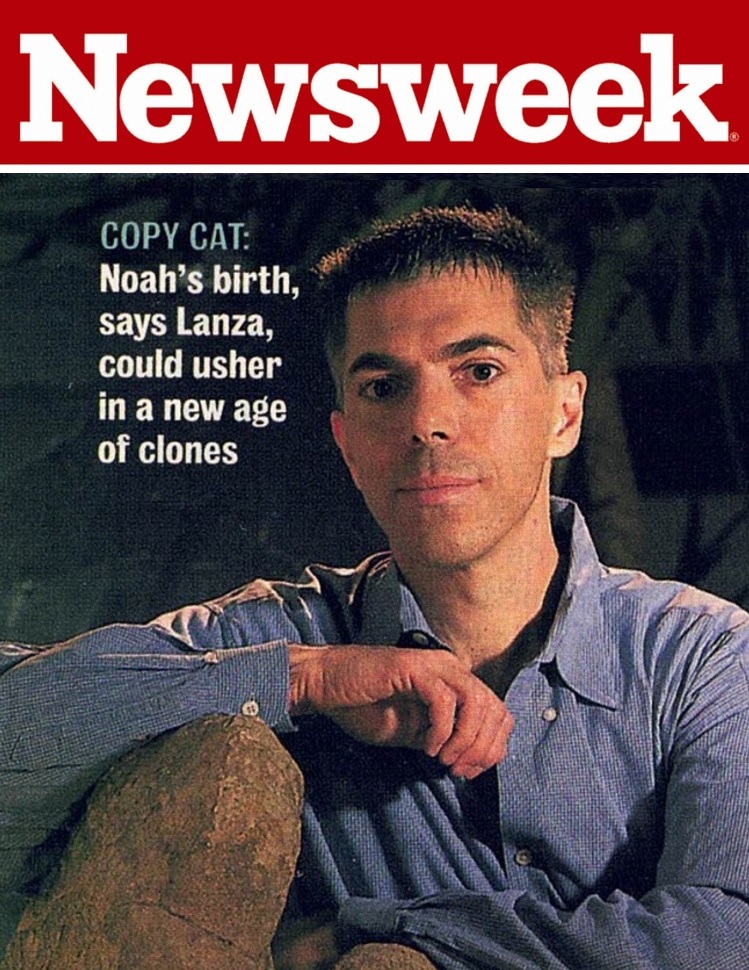By: Gosta Gahrton, The New England Journal of Medicine, June 29, 2006
Edited by Robert Lanza, John Gearhart, Brigid Hogan, and others. 548 pp., illustrated. San Diego, Calif., Elsevier Academic Press, 2006. ISBN 0-12-088442-9.
After Ernest A. MCCulloch and James E. Till received the Albert Lasker Medical Research Award in Basic Research in 2005, they wrote a commentary in Nature Medicine. In it, they asked themselves, “Why now?†After all, their papers on the colony-assay model of cells from the mouse spleen — which described for the first time the hematopoietic stem cell of the bone marrow as a cell that is capable of both self-renewal and differentiation — are more than 40 years old. This book seems to have the answers.
Stem cells appear to be present both in bone marrow and in almost every organ. Furthermore, stem cells in bone marrow may form not just hematopoietic cells, but cardiac muscle cells, neural cells, and other types of cells; this is an example of stem-cell plasticity. This new knowledge has paved the way for the therapeutic transfer of stem cells not only for the treatment of hematopoietic diseases by bone marrow transplantation — first attempted by E. Donnall Thomas, one of this book’s editors, in 1957 — but also for the treatment of many other disorders. This understanding also has resulted in the therapeutic transfer of stem cells from other organs and tissues. Furthermore, stem cells with perhaps even greater potential for therapeutic purposes are present in and retrievable from blastocytes — embryonic stem cells — and understandably, a heated debate about their use has developed.
According to this excellent book on stem-cell biology, the volume of stem-cell research is now overwhelming, and the prospects for extended clinical use are great. The pioneers have rightly been acknowledged and awarded, even if it took some time.
Defining a stem cell is not as easy as it may appear to be at first glance. The early chapters of this book try to clarify the definition for the reader — and with some success. A stem cell is, as already defined by Till and McCulloch, a cell that can renew itself (i.e., can generate daughter cells that are identical to the mother cell) and can produce differentiated cells (i.e., progeny with more restricted potential). The dual self-renewal and differentiation capability seems clear enough. However, is pluripotency necessary, or is unipotency enough? What are the mechanisms? The authors sort it out, and the reader becomes more and more involved.
The chapters on biology and methods are comprehensive. The isolation, expansion, genetic manipulation, genomic reprogramming, and cloning of stem cells are well covered. Adult stem cells are already used in the clinic for many conditions, such as burns and skin ulcers. In orthopedics, osteochondral autografts have been used with success. In addition to these applications, new uses may be developing; these involve the transfer of genes with the potential of increasing efficacy — for example, the transduction of mesenchymal stem cells with transforming growth factor β1 to allow chondrogenesis to occur in vitro before the cells are used clinically. Numerous similar attempts to improve and direct stem cells for clinical use are ongoing. Somewhat sparsely described in the book is the vast clinical use of adult hematopoietic stem cells in autologous and allogeneic transplantation. These cells are easily accessible (therefore, they are the first ones used in the clinic), seemingly well suited for gene transfer, and used in practice with new genes to correct two types of severe combined immunodeficiency (which are briefly described in the book).
One chapter describes the clear clinical applications of hematopoietic stem cells from cord blood. The author, Hal E. Broxmeyer, is one of the front-line figures in this field, and in addition to providing an excellent overview of this topic, he describes the first successful transplantation of cord blood in a child with Fanconi’s anemia. This patient is alive 17 years after the transplantation, which was performed in Paris by Eliane Gluckman and her team. A reference to Gluckman’s work should have been made in this book. However, perhaps the author should not be blamed, since the style of the book is not to include references but rather to make suggestions for further reading. I would have preferred a list of approximately 20 references for each chapter.
Most important are two chapters on ethics and two chapters with patients’ perspectives focusing on embryonic stem-cell research. The excellent reporting by Laurie Zoloth on arguments for and against stem-cell research is a highlight of this well-written and comprehensive book. Essentials of Stem Cell Biology belongs on the shelf of every researcher, clinician, and student who is interested in new developments in stem-cell research and the related treatment options that are being developed.
